Retailers are free to use the suggested price; however, the keystone markup formula is the most frequently used throughout the retail industry. Demand pricing is determined by the optimum combination of volume and profit. Products usually sold through different sources at different prices--retailers, discount chains, wholesalers, or direct mail marketers--are examples of goods whose price is determined by demand. A wholesaler might buy greater quantities than a retailer, which results in purchasing at a lower unit price. The wholesaler profits from a greater volume of sales of a product priced lower than that of the retailer.
The retailer typically pays more per unit because he or she are unable to purchase, stock, and sell as great a quantity of product as a wholesaler does. Demand pricing is difficult to master because you must correctly calculate beforehand what price will generate the optimum relation of profit to volume. In the supply chain industry, wholesale and retail are two major components of the distribution process. When a company manufactures any products it is first sold in bulk quantity to the wholesaler, who then sells it to the retailer and further the retailer sells it to the ultimate customers. In simple words, a wholesaler buys the product in bulk from the manufacturer and sell it to the retailer, who then sells it to the end-users. A wholesale business is built on selling products in bulk to another retailer.
The wholesale price is discounted enough that you can still make a profit. The retailer businesses then put the products in their retail stores with a markup. Retailers are in business to earn a profit, and they mark up the price on acquired goods to do so. If a retailer buys units for $10 and wants a $10 gross profit, it would double the retail sales price to $20. This particular approach, where the retail price is double the wholesale price, is known as keystone pricing. A "suggested retail price" is the price at which manufacturers or distributors recommend retailers list a particular item for sale.
Retailers aren't normally obligated under the law to adhere to the SRP. How to price wholesale products for resale is a frequent question we get. It might feel daunting when you set prices on new products in your retail store.
How do you set a price high enough to make a profit but not so high it turns customers off? On the flip side, some shop owners want to price lower than their competition in hopes of getting more sales, a method that can quickly devalue the goods you offer and eventually hurt your sales. Not to worry, in this article, we will explore a simple baseline formula that can help you start consistently pricing products in your store.
In the retail business, inventory has a wholesale price or a retail price. Wholesale goods are those typically bought in bulk from a wholesaler or manufacturer, then sold to consumers by a retailer with a markup. When calculating the market value of wholesale goods, it's important to determine a goods' unit price. As such, the total wholesale price must first be divided by the total number of units in a bulk order. Wholesaling is considered to be a part of supply chain that also involves the firm supplying raw materials, the producers of final products, and retailers to customers. Wholesalers sell products to retailers, who in turn, sell them at excessive prices to reap gains and cover their expenses.
In terms of banking, wholesaling covers financial services that banks offer to big institutional clients instead of small retail customers. Supply chain management or SCM was devised in the 1980s for ensuring that the process involving the movement of products from initial suppliers to final customers remains highly efficient. Although the increase from wholesale price to retail price differs and depends on the product, origin, season and other things, retailers generally hike up the cost per unit by 2 times. This way, you have a clear idea of your margins before an order is placed. You also want to ensure you're not undercutting your own suggested retail price if you're still selling wholesale items in your retail outlet or in your online store. Wholesale orders should be cheaper per unit, but not so low that your wholesale partner can undercut your retail prices.
The wholesale price is the sum of a given product's cost price plus the manufacturer's profit margin. Wholesale benefits include mass shipping and volume discounts to group buyers, which allow distributors to make a profit. Similarly, a manufacturer's suggested retail price is calculated to leave room for retail markup. A list price or retail price may be set at the MSRP or somewhat lower than that value. The location and/or market you are in will determine what items sell better for your situation.
Fortunately, CTW carries products and product variations in a variety of price points. If you are new at running a retail business, you may need to test out various products and the formula markup to see what works for your business to be successful. Upstream, distributors hold relationships with their suppliers, which are often the manufacturers of the products that they warehouse and distribute. If you're already selling products directly to your customers, nice work. If you're looking to scale your operation, wholesaling to retailers to sell more of your products could be a way for you to grow.
Wholesaling means creating a specific pricing strategy and process to reach audiences that you may not be able to reach alone. Here we walk through what a wholesale business model looks like, and how to create one for your business. Wholesaling takes place when the merchandise are sold in bulk to a retailer who in turn repackages and resells those products in lesser quantum at a higher rate. The one who purchases the wholesale goods has to organize, reassemble, and repackage them into lesser quantities for selling them directly to customers. Because of the huge quantum involved, it is possible for the wholesaler to ask for a lesser price for every unit or item. The retailer sets the price of the product depending on the total costs involved in business operations.
Wholesalers typically sell finished products to retailers and to other institutions, such as manufacturers, schools, and hospitals. The two main types of wholesalers are merchant wholesalers and agents and brokers. Merchant wholesalers buy from manufacturers and sell to other businesses.
Agents and brokers are essentially independents who provide buying and selling services. They receive commissions according to their sales and don't take title of the merchandise. It is important to understand the vast differences between wholesale and retail. Wholesale and retail play different roles in the chain process of getting products and goods from the manufacturers into the hands of the consumer.
Typically, wholesalers set a profit margin at or above 50% in order to be profitable and competitive. Your profit margin is the amount of money you have left once you remove all the associated costs. So say the unit cost of an item is $15, you would then set the wholesale price at or above $30 to yield a 50% margin.
In general, when selling retail, you sell the product for a higher price per unit than wholesale. Since wholesalers sell products in bulk amounts, they purchase the product at a discount and then use their own formulas to mark up the retail price. A wholesale selling model is one where producers sell their products in bulk to a retailer, usually at a discounted price, who then on-sells the products to their customers. Because consumer sales is a retailer's specialty, selling wholesale allows you to focus your time on improving your product and adding product lines rather than marketing, for example. For financial institutions, wholesaling is the provision of financial services to big institutional customers including affluent corporate clients and real estate developers. As individual retail customers are smaller in size, they dont receive the benefits of wholesaling.
In the financial services sector, a wholesaler can also work as a sponsor of a mutual fund or an underwriter in a fresh issue. Here, he or she makes it accessible for different firms to access mutual funds, and further avail them for the mutual fund investors. Mutual fund wholesalers earn a commission on the basis of the sale of mutual funds. One of the biggest reasons that wholesaling is such a lucrative business model is because you sell at scale. Setting minimum order quantities requires retailers to buy your products at certain minimum amounts to be eligible to purchase.
This ensures that wholesalers are able to make a profit and turn over their goods when buying in bulk. Minimum order quantities can also further deter consumers from purchasing wholesale. If you are a business that wants to sell both Wholesale and Retail, it's smart to create a dual pricing strategy to ensure that you will get the profit. That means you could set a Retail Price for your products on your website that your direct customers see.
At the same time you can provide a line sheet with your Wholesale prices for your potential wholesale buyers. The alternative to selling wholesale to distributors or retailers is to sell retail either through company-owned stores or online. Advantages include receiving a larger slice of the price paid by the consumer; disadvantages include difficulty in reaching consumers. Direct selling is a business model wherein sellers sell the goods directly to the end customer. Retail prices typically have a higher mark-up and profit margin compared to wholesale prices.
This is because they will need to include additional costs of selling in the final price. These costs include advertising, rent, salaries, cost of showrooms, etc. They typically add a 100% mark-up to the wholesale price, using a strategy called keystone pricing.
The wholesale price or trade price is the price of products when they are sold in bulk by wholesalers to retailers, hence the name. To clarify that, we mean the retailer gets to determine their own retail price and profit margin. The word wholesale simply means selling in bulk quantities and retail stands for selling merchandise in small quantities. Wholesale and retail are two distribution arrangement that constitutes a major part of the supply chain. When the goods are manufactured, they are sold in large quantities to the wholesalers who further sells them to the retailers who finally sells them to the ultimate customers.
These two b2b marketplaces connect manufactures, wholesalers and buyers. As the name implies, this type of wholesaler often deals with generals items of different products from a variety of manufacturers and suppliers for a range of customers. They usually buy product in a bulk quantity, then sell it in a small quantity to the retailers or small business owners over a period of time. Wholesale price is a rate charged by the apparel manufacturer or apparel business owner to the retailer.
Wholesalers don't sell products directly to the consumers, they sell manufactured apparel to businesses like retail stores. Buying a large volume of products or large quantities of a single product helps you save money. The wholesale prices make it easier for you to profit since the retail price is always higher.
Retailers try to balance profit objectives with marketable prices. If consumer demand is extremely low on a good priced at $20, the low volume offsets a relatively high gross margin of 100 percent per unit. Eventually, companies have to discount items that clog shelf space if they don't sell at initial retail prices. In some cases, retailers accept a loss or sell certain items at break-even pricing to attract customers. The hope is that effective in-store merchandising and sales activities lead to many purchases that culminate in a profit outcome in the short or long term. A major distinction between wholesale and retail is that wholesale buyers typically purchase their goods in bulk because it saves them money.
The costs to produce, package, promote and distribute 100 units of a good to one buyer are much lower than the same costs when selling 100 units to 100 different consumers. This economic principle is one reason that producers can sell to retailers at lower-than-retail prices. Producers or distributors use many different approaches to set wholesale prices. Ultimately, the goal is to earn a profit by selling goods for at a higher price than what it costs to produce them. If it costs you $10 in labor and materials to make one unit, a wholesale price of $15 gives you a $5 per unit gross profit. You need gross profit to cover your business overhead and irregular expenses.
Retail markup is the pricing on wholesale products a retailer is charged for a product minus the wholesale price of the product. For example, if a wholesale buys 500 products for a total of $2,000 each product cost $4. The wholesaler might decide to sell these products in groups of 50 to retailers for $400 per 50 products. The price per product has now increased to $8 per product meaning that a wholesaler will make $4 profit per product or $2,000 for the whole shipment. Now that you have a better understanding of the formulas used to calculate product pricing, it's time to get started.
You can create a spreadsheet that lists your products by style number and name and includes columns for the cost of goods, wholesale price, wholesale margin, retail price, and retail margin. Say a retailer buys your product for $10 and wants a $10 gross profit, they would charge $20 for the product in-store. This is also known as keystone pricing, or simply doubling the wholesale cost paid for a product.
If you are a wholesaler, you can recommend a suggested retail price to retailers, but they do not have to use it. These also provide, if needed, fast and regular pick-up and delivery, allowing both the product producers and wholesale buyers to escape the risks associated with holding extensive inventories. Selling wholesale is an extremely lucrative business model that focuses primarily on brand development and product enhancements rather than direct customer sales .
Creating a wholesale business looks different from starting a retail business and this guide will help you understand how you can get your wholesale business off the ground and start making sales. Wholesaling, the selling of merchandise to anyone other than a retail customer. The merchandise may be sold to a retailer, a wholesaler, or to an enterprise that will use it for business, rather than individual, purposes.
Wholesaling usually, but not necessarily, involves sales in quantity and at a cost that is significantly lower than the average retail price. As a wholesaler, you create a channel that sells to retail businesses that then sell to consumers. Selling large quantities of goods ensures you make money whether the retailer sells the inventory or not. Due to the large quantities purchased from the manufacturer at a discounted price, the wholesaler can also pass on this discount to retailers. The retailer sells at a price that reflects the overall cost of doing business.
In the above formula, revenue is equal to the retail price you charge to your customers. COGS is a high-level metric that covers all of the variable costs associated with producing and selling goods. For the sake of simplicity, since you're buying from a wholesaler instead of producing a product yourself, you can estimate that your COGS is the price you pay for a product.
A wholesaler is a person or company who sells products in bulk to various outlets or retailers for onward sale, either directly or through a middleman. Wholesalers are able to sell their products for a lower price as they are selling in bulk, which reduces the handling time and costs involved. After figuring out your wholesale price, you should also calculate your mark-up and profit margin percentages.


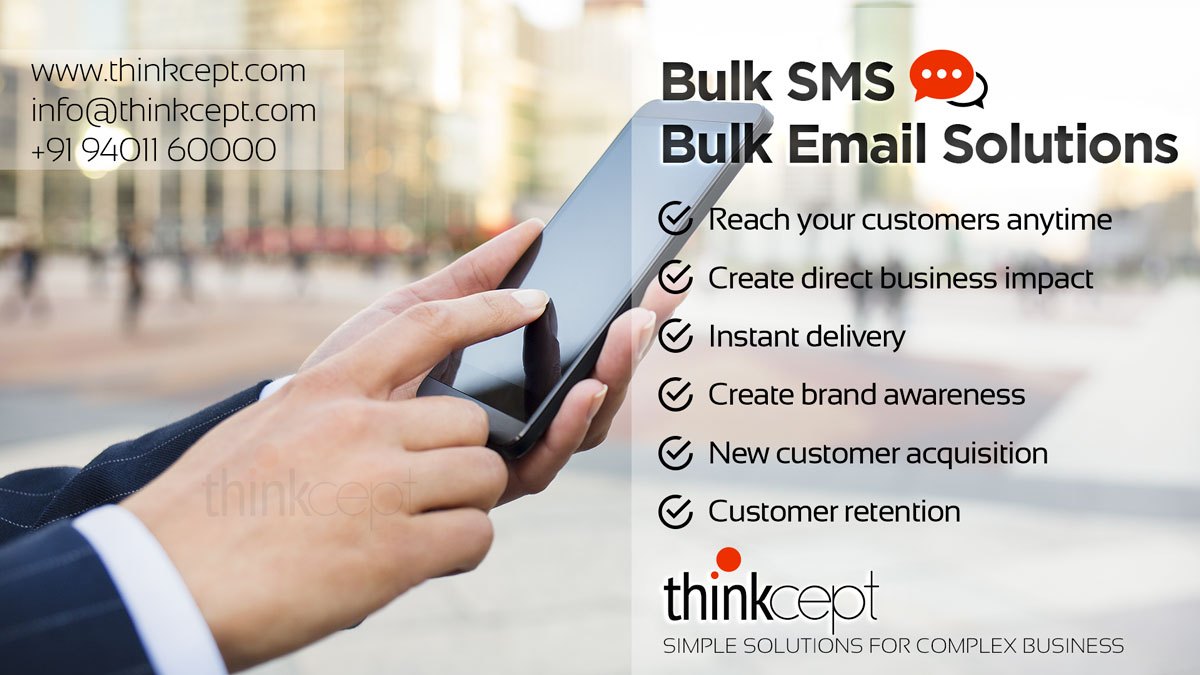









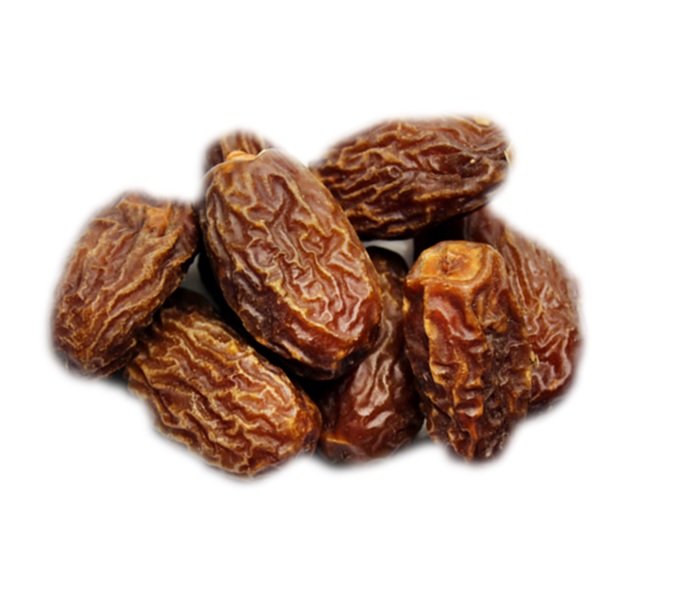



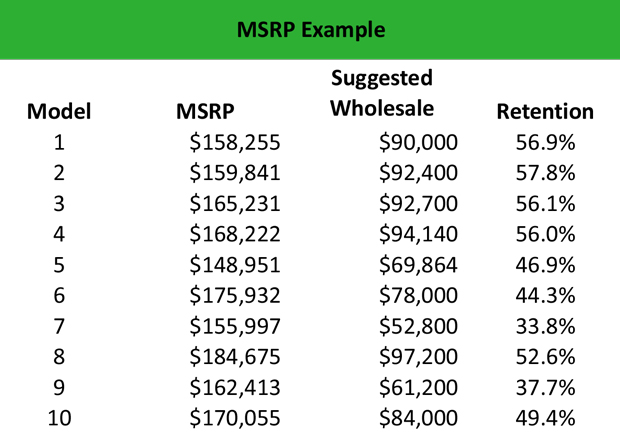

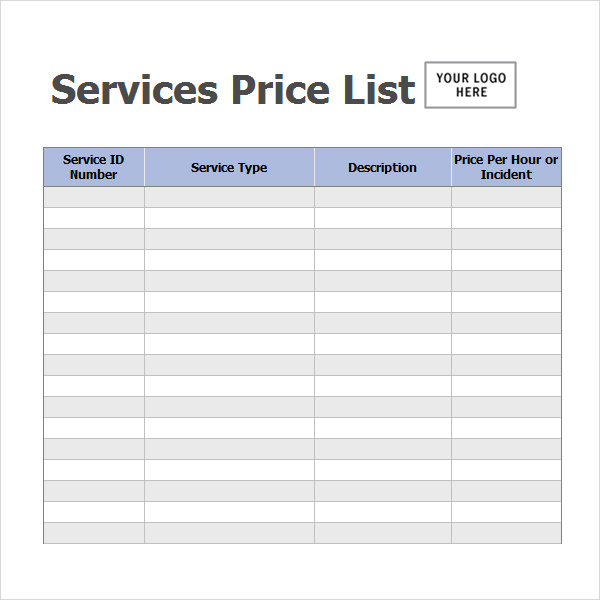
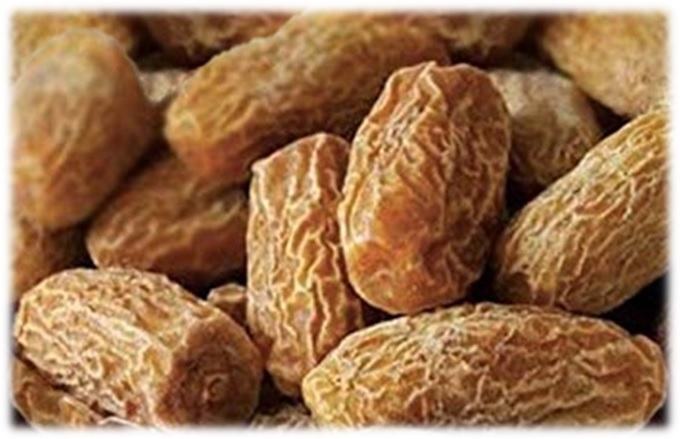




No comments:
Post a Comment
Note: Only a member of this blog may post a comment.